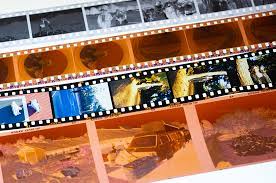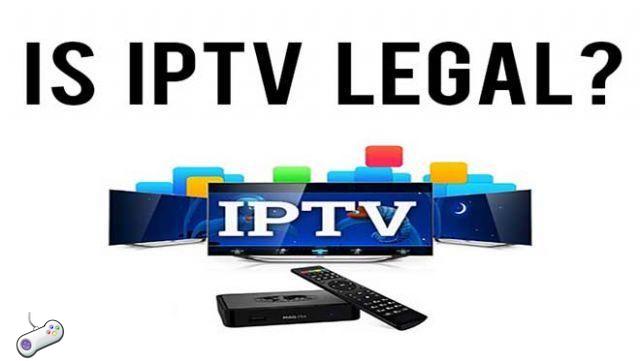In a world driven by innovation and the constant pursuit of efficiency, the role of materials and manufacturing processes cannot be underestimated. Roll to roll metallized film is one such revolutionary technology that is quietly transforming industries ranging from packaging to electronics. In this blog, we will explore what roll-to-roll metallized film is, its applications, and the impact it has on various sectors.
Roll-to-Roll Metallized Film: Unveiling the Technology
At its core, roll-to-roll (R2R) metallized film is a versatile and cost-effective method of depositing thin layers of metal onto flexible substrates. This process is typically carried out in a continuous manner, with a roll of film or substrate being unwound, metallized, and then rewound for further processing. The result is a high-quality metallized surface that can be customized to meet various industry requirements.
Applications in Packaging
- Barrier Films: Roll-to-roll metallized film is extensively used in packaging to create barrier films. These films are designed to protect the contents from external factors like moisture, oxygen, and UV radiation. The metallized layer acts as a barrier, preserving the freshness and shelf life of the packaged goods. This is particularly vital in industries such as food, pharmaceuticals, and electronics.
- Flexible Packaging: The flexibility of the film makes it ideal for flexible packaging applications, such as pouches and wrappers. The metallized layer not only enhances the aesthetic appeal but also offers improved protection against external elements, extending the product’s life.
Applications in Electronics
- Flexible Electronics: The use of R2R metallized film is prevalent in the manufacturing of flexible electronic devices like flexible displays, RFID tags, and even solar cells. Its flexibility allows for the creation of electronic components that can be bent, rolled, or folded without compromising functionality.
- Printed Electronics: In the world of printed electronics, this technology is used for creating conductive traces and components. The metallized film serves as a substrate for printed circuits, enabling the production of lightweight, flexible, and cost-effective electronic devices.
A Greener Alternative
In an age when sustainability is paramount, R2R metallized film stands out as an eco-friendly alternative. It is known for its low environmental impact compared to traditional metallization processes. The technique produces minimal waste, and many metallized films are recyclable, further reducing their carbon footprint.
The Future of R2R Metallized Film
As technology continues to advance, the applications of roll-to-roll metallized film are expected to expand. The film’s versatility, cost-effectiveness, and environmental benefits make it a compelling choice for industries looking to innovate and adapt to evolving consumer needs. From enhancing the shelf life of food products to enabling the next generation of flexible electronic devices, this technology is set to continue its transformative journey.



